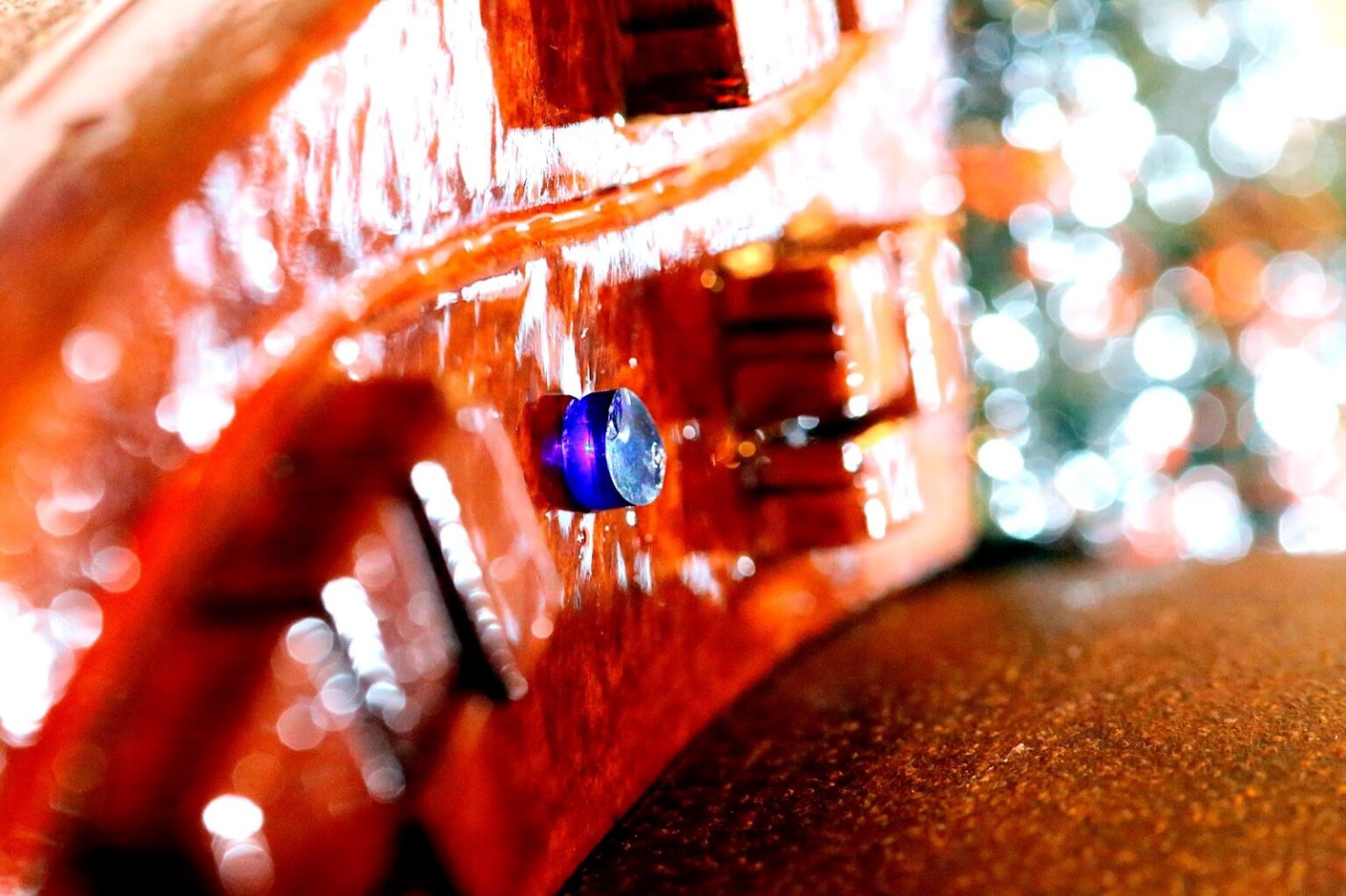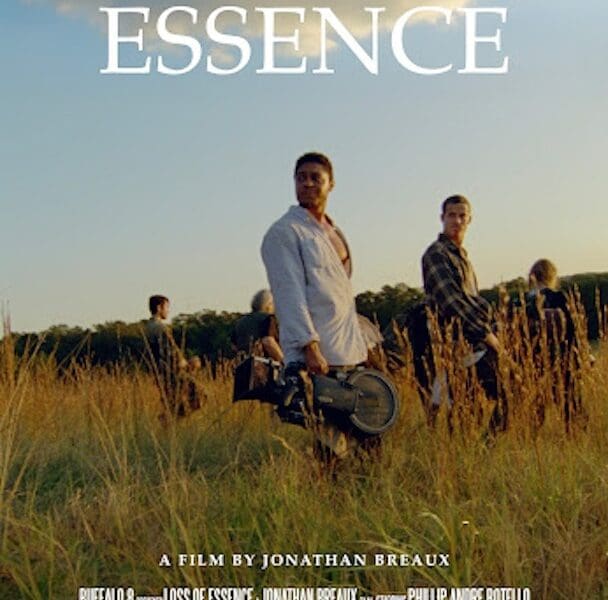
Venice Meets the Metaverse: Cesare Catania’s “I Sestieri” Unveils a New Frontier
A Monumental Integration of Reality and Virtuality
In a revolutionary blend of historical resonance and cutting-edge digitalization, Italian artist Cesare Catania bridges the age-old charm of Venice with the novel realms of the Metaverse. With the official inauguration of “I Sestieri” on July 27th, the first of five sculptures dedicated to the iconic city, Catania’s work transcends conventional artistic boundaries.
The Embodiment of Venice: “I Sestieri”
Unveiling the Masterpiece
Presented at Palazzo Donà dalle Rose during Catania’s artist residency program in Venice, “I Sestieri” is more than a mere sculpture. It represents an innovative collaboration between the tangible world and the limitless possibilities of the virtual space. Now online on Spatial’s Metaverse, this piece stands as a pioneer in connecting physical locations with their digital counterparts.

The sculpture “I Sestieri” (by Cesare Catania)
A Tribute of Name and Material
The sculpture, whose name translates to “The Districts,” pays a heartfelt homage to Venice, not just in name but in essence. Utilizing waste materials found in Venice, Catania infuses the local character into the artwork, encapsulating the city’s spirit in a tangible form. The creativity behind this approach resonates with the ongoing discourse around sustainability in contemporary art.
Digital Exploration

Image with permission of Cesare Catania
For those interested in exploring the digital manifestation of “I Sestieri,” it’s available for virtual viewing. The digital version of the sculpture invites global audiences to connect with Venice’s unique heritage from anywhere in the world.
Bridging Aesthetics and Sustainability: A New Era in Contemporary Art
The unveiling of Cesare Catania’s sculpture, “I Sestieri,” in Venice’s Metaverse is a striking example of how contemporary art is evolving to embrace sustainability. Utilizing waste materials found in Venice, Catania has created a piece that not only honors the city but also symbolizes a commitment to sustainable art practices.
In the context of our current climate crisis, the fusion of aesthetics and sustainability in art is gaining momentum as a significant research field. A study highlighting this convergence, explores how Italian ecomuseums, among others in Europe, are using contemporary art to advance the United Nations’ 2030 Sustainable Development Goals (SDGs).
Two approaches are apparent in this endeavor. The first involves focusing artistic creation on the goals of the SDGs, addressing critical global issues like climate change, responsible consumption, and peace. The second approach emphasizes the inherent beauty of the art itself, recognizing how aesthetic excellence can influence community engagement, heritage preservation, and local development.
Catania’s innovative use of waste materials in “I Sestieri” aligns with these approaches, mirroring a broader movement within the art world towards sustainability. It marks a shift in perception, where artists, curators, and institutions recognize the potential of art not merely as a means of expression but as a vehicle for positive change.
Looking to the future, the integration of sustainability within art appears to be a path that will continue to evolve and expand. Artists like Catania might be the harbingers of a new era where art transcends its traditional boundaries, contributing to a global mission to save the planet. The impact of this sustainable art might very well resonate beyond galleries and museums, fostering a culture that values both artistic innovation and environmental stewardship. It’s a vision of a world where creativity and responsibility walk hand in hand, creating a legacy that could inspire generations to come.
Art and Technology: A Growing Relationship
Metaverse and the Future of Artistic Engagement: A New Dimension of Experience
The integration of Cesare Catania’s sculpture “I Sestieri” into the Metaverse is more than just an artistic statement; it is a forward-looking exploration into what the future of artistic engagement might look like.
A Paradigm Shift in Art Interaction
The fusion of the physical and virtual realms in Catania’s work opens up a new dimension of artistic interaction. Traditional barriers such as geographic location, accessibility, and even time zones are blurred, enabling a global audience to connect and engage with the artwork. This creates a democratized space where art becomes a shared experience, transcending the limitations of traditional galleries and museums.
The Intersection of Tradition and Technology
While Catania’s sculpture pays homage to the timeless beauty of Venice through physical form, its integration into the Metaverse represents a harmonious marriage between tradition and cutting-edge technology. The artist’s use of waste materials ties into contemporary themes of sustainability while simultaneously embracing the limitless possibilities of the digital realm. This intersection embodies a careful balance that respects the intrinsic values of art while exploring the uncharted territories of technological innovation.
Virtual Galleries and Artistic Exploration
The concept of virtual galleries is not entirely new, but the integration of renowned physical artworks into the Metaverse takes this idea to a whole new level. It provides a platform for artists to push boundaries and experiment with new mediums, techniques, and concepts. Whether it’s 3D renderings, immersive virtual reality experiences, or interactive digital installations, the Metaverse offers endless possibilities for artistic exploration.
Education and Accessibility in the Digital Age
The Metaverse also presents an opportunity to revolutionize art education and make art more accessible to a broader audience. Virtual tours, interactive lessons, and collaborations between artists and educators can create rich educational experiences. From students to art enthusiasts, the accessibility of these resources has the potential to foster a deeper understanding and appreciation of art, connecting cultures and generations.
Environmental Considerations and Sustainable Practices
As artists like Catania incorporate sustainable practices into their work, the Metaverse can further contribute to this movement by reducing the environmental impact of physical exhibitions. Virtual displays and galleries can minimize the need for transportation, energy consumption, and materials, aligning with the global shift towards responsible and sustainable art practices.
Navigating Challenges and Ethical Considerations
With these new possibilities come challenges and ethical considerations that must be carefully navigated. Issues related to copyright, authenticity, and the preservation of the original essence of physical art in a virtual environment are among the concerns that must be addressed. Ensuring that the Metaverse remains an inclusive and respectful space that maintains the integrity of artistic expression will be vital as we continue to explore this exciting frontier.
In the wake of Catania’s groundbreaking work, the interplay between physical and virtual art represents an evolving landscape, teeming with potential and promise. The blend of tradition, innovation, sustainability, and technology paints a picture of an art world unbound by conventional limitations, a world where creativity flourishes in unexpected ways. It’s a thrilling glimpse into what the future may hold, inviting us all to participate in this unfolding artistic revolution.
A Harmonious Fusion: Unveiling the Future at the Crossroads of Art, Technology, and Sustainability
The unveiling of Cesare Catania’s “I Sestieri” serves as a profound symbol of how art is adapting to our rapidly changing world, intertwining sustainability with technological innovation. Through the marriage of Venice’s historical elegance with the limitless frontier of the Metaverse, Catania has forged a path that others are sure to follow. His groundbreaking integration of physical and digital realms illuminates a future where art is not confined by physical space but thrives in a new landscape of endless possibility. The initiative paves the way for an exciting chapter in contemporary art, where tradition meets innovation, and creativity knows no bounds. It’s not just a moment in art history but a beacon of what is possible, reflecting a world ever more interconnected, where art transcends borders, and human expression finds new avenues for connection and inspiration. In embracing both the heritage of the past and the promise of the future, “I Sestieri” leaves an enduring imprint, a testament to the infinite possibilities that lie at the intersection of art, technology, and sustainability.






